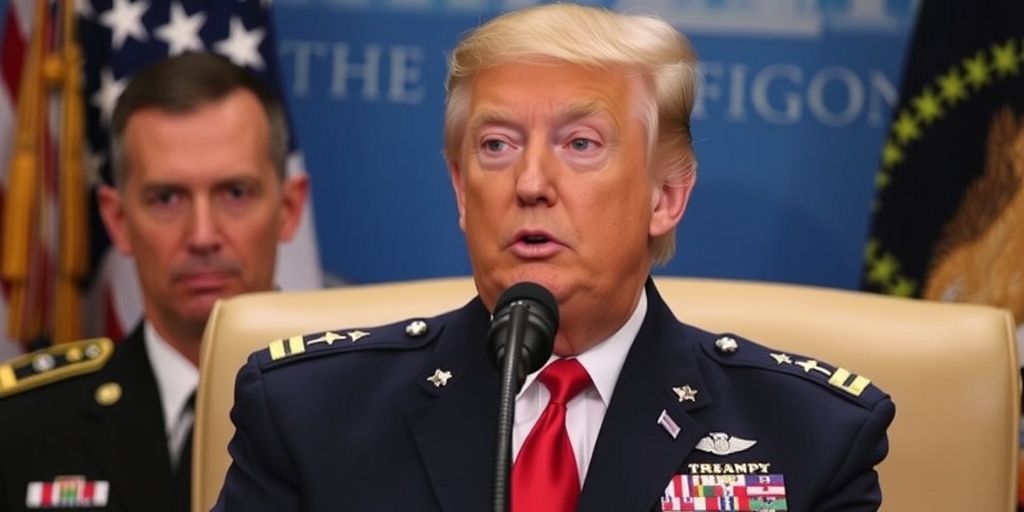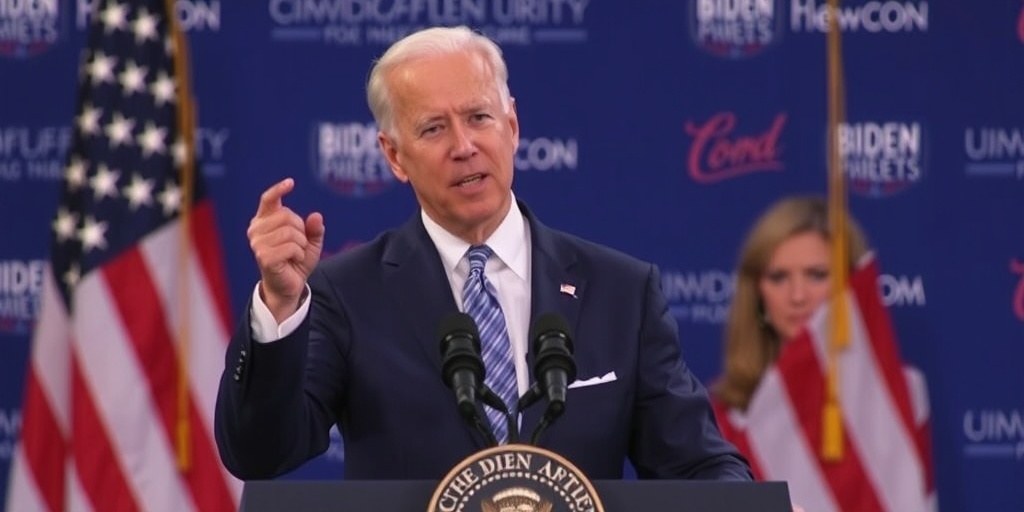Now Reading: Trump Admin Plans $45 Billion to Expand Immigrant Detention
-
01
Trump Admin Plans $45 Billion to Expand Immigrant Detention
Trump Admin Plans $45 Billion to Expand Immigrant Detention

Trump Administration Plans Significant Expansion of Immigrant Detention
The Trump administration is taking steps to dramatically expand the infrastructure for immigrant detention, seeking to allocate tens of billions of dollars for this purpose. A recent request for proposals posted by the Department of Homeland Security’s Immigration and Customs Enforcement (ICE) indicates plans for new detention facilities, transportation services, security staff, medical support, and other administrative services, potentially amounting to an eye-watering $45 billion over the next two years.
While ICE currently does not possess the necessary funding for this extensive expansion, the request represents a massive spike in spending compared to previous years. If the full amount is appropriated, it would mark a more than sixfold increase in budget allocation for immigrant detention. The timing of this initiative aligns with President Trump’s ongoing commitment to ramping up efforts to eliminate undocumented immigration from the United States.
The proposal, which went public last week with a swiftly approaching deadline for contractor submissions, suggests an overwhelming commitment to shaping a comprehensive and aggressive enforcement strategy. In the previous fiscal year, for instance, the DHS allocated only about $3.4 billion for the entire custody operation under ICE, underscoring the unprecedented nature of the current proposal.
In addition to seeking substantial private contracts, ICE anticipates receiving a financial boost from a recent Republican budget plan approved by Senate GOP leaders. This budget outlines a sweeping investment—up to $175 billion over the next decade—for the administration’s immigration enforcement initiatives, which including the proposed $45 billion to bolster ICE’s capacity is integral to efficiently utilizing these funds.
An alarming aspect of the request is its invitation to the Department of Defense to divert its own resources toward immigrant detention, marking a noteworthy shift in policy that could reshape the landscape of how the U.S. manages immigration enforcement.
"This is D.H.S. envisioning and preparing to roll out—if it receives the funds—an entirely new method of detaining immigrants in the U.S.," remarked Heidi Altman, vice president for policy at the National Immigration Law Center. Tom Homan, previously appointed as Mr. Trump’s border czar, emphasized the necessity of increasing detention beds and associated funding in order to meet deportation targets and enhance enforcement capabilities. The current request symbolizes a significant first step in enabling ICE to scale up its detention capacity rapidly.
Typically, ICE’s contracting processes involve extensive evaluations for each facility, detailing specifications regarding size and location for new detention centers. This latest request, however, is categorized as a bulk or blanket purchase agreement, creating a comprehensive list of potential facilities and auxiliary services while allowing for immediate orders as additional funding becomes available.
Kevin Landy, who served as the director of detention policy and planning for ICE under President Obama, expressed concern that the Trump administration appears intent on accelerating spending without adequate oversight. "The administration is acutely aware that they do not possess sufficient detention capacity to fulfill their immigration enforcement needs," he stated, highlighting the existing strain on resources.
At present, immigrant detention facilities are operating over capacity. Recent reports have highlighted troubling conditions in these facilities, fueling concerns about the treatment of detainees. In the last fiscal year, funding allowed for an average daily population of 41,500. Currently, reports indicate that around 47,900 individuals are detained, exceeding the allotted capacity.
Moreover, the recent spending measure passed by Congress allocated an additional $500 million for ICE, bringing its annual budget close to $10 billion, although this still fell significantly short of the agency’s request for a further $2 billion to maintain current enforcement levels.
The proposed plans invite the Defense Department to leverage its financial resources for immigrant detention, which, while not a new concept, suggests a troubling inclination toward establishing a more militarized approach to immigration enforcement. Previous administrations have used military bases as temporary shelter for immigrants, but the current administration appears to be pursuing a more extensive network of military facilities for detaining immigrants.
Despite claims from a senior homeland security official committing to providing safe and humane conditions for detainees, the request raises alarm for many, especially given potential changes in operational standards. The proposed facilities may not adhere to the stringent guidelines for care and services that ICE has typically enforced, allowing for less rigorous oversight—similar to the standards established for local jails and prisons.
Former border czar Homan’s admission about lowering detention standards further exacerbates concerns over the conditions detainees might face, which have already been scrutinized for medical neglect and unsanitary conditions. Congress established the Office of the Immigration Detention Ombudsman to offer detainees a recourse for grievances and to keep them informed of their legal rights, a structure that has recently been undermined under the current administration.
As these developments unfold, private detention contractors appear ready, having anticipated a significant surge in business under Trump’s policies. Companies such as CoreCivic and Geo Group have engaged in ongoing discussions with the administration, ensuring they are prepared to fill the demands posed by this new initiative.
This unprecedented broadening of immigrant detention could leave lasting ramifications on both the immigration system and the treatment of vulnerable populations, reflecting a clear commitment from the Trump administration to aggressively enforce its immigration agenda.
Stay Informed With the Latest & Most Important News
Previous Post
Next Post
-
 01New technology breakthrough has everyone talking right now
01New technology breakthrough has everyone talking right now -
 02Unbelievable life hack everyone needs to try today
02Unbelievable life hack everyone needs to try today -
 03Fascinating discovery found buried deep beneath the ocean
03Fascinating discovery found buried deep beneath the ocean -
 04Man invents genius device that solves everyday problems
04Man invents genius device that solves everyday problems -
 05Shocking discovery that changes what we know forever
05Shocking discovery that changes what we know forever -
 06Internet goes wild over celebrity’s unexpected fashion choice
06Internet goes wild over celebrity’s unexpected fashion choice -
 07Rare animal sighting stuns scientists and wildlife lovers
07Rare animal sighting stuns scientists and wildlife lovers





















